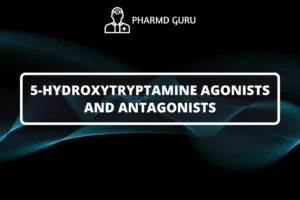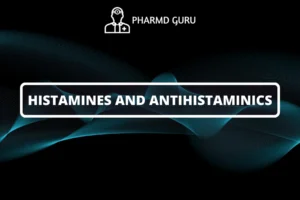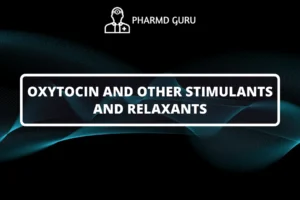Administration of drugs is a crucial aspect of healthcare and medicine. Different routes of administration are used to deliver drugs to the body, ensuring their effective absorption and distribution.
SCROLL DOWN TO THE BOTTOM OF THIS PAGE FOR ACTUAL NOTES.
TABLE OF CONTENTS:
- Introduction
- Oral Route
- Topical Route
- Inhalation Route
- Intravenous Route
- Intramuscular Route
- Subcutaneous Route
- Transdermal Route
- Rectal Route
- Vaginal Route
- Nasal Route
- Ophthalmic Route
- Otic Route
Introduction
The administration of drugs is a crucial aspect of healthcare and medicine. Different routes of administration are used to deliver drugs to the body, ensuring their effective absorption and distribution. In this article, we will explore various routes of drug administration and understand their unique characteristics and advantages.
Oral Route
The oral route is the most common and convenient method of drug administration. It involves taking medications by mouth, either in the form of tablets, capsules, or liquids. The drug is absorbed through the gastrointestinal tract and enters the bloodstream. The oral route offers ease of administration and is suitable for medications that are not rapidly metabolized.
Topical Route
The topical route involves applying medications directly to the skin or mucous membranes. This route is commonly used for creams, ointments, gels, and patches. Topical administration allows for localized effects and is often used for dermatological conditions or localized pain relief.
Inhalation Route
The inhalation route delivers drugs directly to the lungs through inhalers or nebulizers. This route is commonly used for respiratory conditions such as asthma or chronic obstructive pulmonary disease (COPD). Inhaled medications provide rapid relief by directly targeting the lungs.
Intravenous Route
The intravenous (IV) route involves injecting medications directly into a vein. This route ensures immediate drug delivery and is used for drugs that require rapid onset of action or precise dosing. Intravenous administration is commonly employed in emergency situations or when a high concentration of the drug is needed.
Intramuscular Route
The intramuscular (IM) route involves injecting medications into a muscle. This route allows for slower absorption compared to IV administration. It is commonly used for vaccines, certain antibiotics, and medications that require sustained release.
Subcutaneous Route
The subcutaneous (SC) route involves injecting medications into the subcutaneous tissue, which is the layer of fat beneath the skin. This route allows for the slow and sustained release of medications. Insulin and certain hormonal therapies are often administered via the subcutaneous route.
Transdermal Route
The transdermal route delivers medications through the skin using patches or specialized drug delivery systems. The drug is absorbed into the bloodstream over an extended period, providing continuous therapeutic effects. Transdermal patches are commonly used for medications such as nicotine replacement therapy or hormone therapy.
Rectal Route
The rectal route involves administering medications through the rectum. Suppositories or enemas are commonly used for this route. The rectal route is often employed when oral administration is not feasible or for localized effects in the rectal area.
Vaginal Route
The vaginal route delivers medications directly to the vagina. This route is commonly used for the treatment of vaginal infections or certain gynecological conditions. Vaginal tablets, creams, or suppositories are used for this route.
Nasal Route
The nasal route involves administering medications through the nose. Nasal sprays or drops are commonly used for this route. The nasal route allows for rapid drug absorption and is often used for nasal congestion, allergies, or certain nasal infections.
Ophthalmic Route
The ophthalmic route delivers medications to the eyes. Eye drops or ointments are used for this route. Ophthalmic medications treat various eye conditions such as infections, allergies, or glaucoma.
Otic Route
The otic route involves administering medications to the ears. Ear drops or solutions are commonly used for this route. The otic route is used to treat ear infections or inflammation in the ear.
ACTUAL NOTES:




